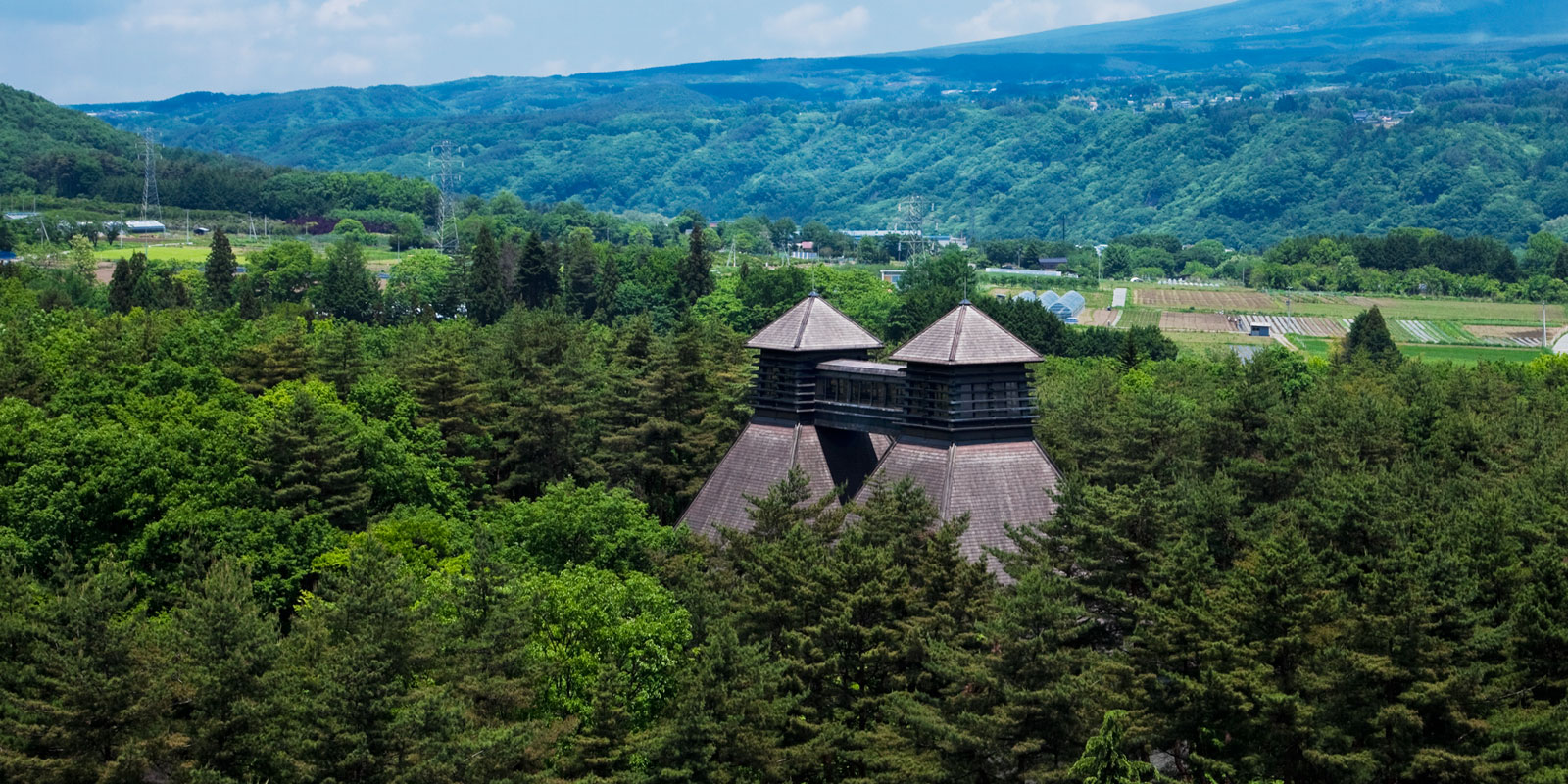Ready for some exciting news on Hakushu, our dedicated distillery of the month?
The founder of Suntory, Shinjiro Torii is a legend. He brought Japanese whisky to life with the creation of the Yamazaki distillery in 1923, and worked tirelessly for decades to create unique Japanese whiskies which would be loved by his fellow countrymen.
He succeeded, and fifty years later, Torri’s son, Keizo Saji, took his father’s dream to even greater heights with the creation of the Hakushu distillery.
The goal behind Suntory’s second distillery, Hakushu, was to create a distillery in a completely different natural environment to Yamazaki, which would, in turn, multiply the flavours found in Suntory whiskies.
So, after years of searching, Hakushu (2,323 feet) was built at a much higher altitude than Yamazaki (82 feet) in a huge forest area at the foot of Mt. Kaikomagatake. The climate year-round is much cooler than it is in Yamazaki, and the difference between the highs and lows in temperature are also greater. All these differences are said to impact maturation and fermentation greatly.
Hakushu has come to be known as “the forest distillery” and the Suntory team have worked hard to keep the distillery as natural and in keeping with the surrounding environment as possible. Almost 83 per cent of the site Suntory bought remains undeveloped, with the distillery making up the additional 17 per cent. A bird sanctuary has been set up near the distillery, as Suntory claims that wild birds are sensitive to change in weather conditions and water quality.
Once the largest distillery in the world, Suntory mysteriously shut down their distillery rooms called Hakushu 1 and Hakushu 2, when their new building across the road, Hakushu East, was completed in 1981. Since them, all production has been carried out at Hakushu East.
Many wonder why Suntory shut-down a working distillery with 24 operational stills, and build a new, extremely costly distillery, but that’s a tale for another day.
The Hakushu Tour
Note: According to the Suntory Hakushu website the longer, more expensive “story of Hakushu” tour is no longer held. The original 1,000 Yen ($10-12) tour is still available to visitors.
If you’re intrigued by Hakushu’s story so far, then Suntory’s tour of the distillery will definitely be of interest to you.
From March last year, a special tour named “the story of Hakushu” began, which cost guests 2,000 Yen ($20), as opposed to the regular 1,000 Yen tour. The first and most exciting difference on the terminated tour, was that guests were shown the aforementioned Hakushu 1 and 2, aka Hakushu West. The second upgrade of the new tour was the addition of some basic Japanese cuisine to pair with the Hakushu whisky samples.
For some reason, the aforementioned tour has been terminated, perhaps due to recently announced work by Suntory being held at Hakushu distillery and museum. Note that the distillery will be closed throughout January and scheduled to reopen in spring 2018.
While the “story of Hakushu” tour isn’t operational anymore, the original one is more than enough for visitors to experience all that Hakushu has to offer. The original tour offers audio tapes available in various languages, which go in depth concerning the history of both Hakushu and Yamazaki.
For those not interested in the tour, the Hakushu bar and museum are free to enter. The bar offers many limited edition bottles of both Yamazaki and Hakushu, as well as all the age expressions of Hibiki, Yamazaki, and Hakushu.
It’s a tour worth the money and journey, as it will give you a Japanese whisky experience you won’t soon forget.
Ready to go? Well, firstly make a reservation here for the original tour.
Once in Tokyo, find your way to Kobuchizawa Station on the JR Chuo Line and be ready to pay a rail fare of about 5,000 Yen ($50) each way. There is a free bus which takes you from the station to the distillery, so once you’re on the train the rest is a piece of cake.
Take photos and send us your thoughts on the tour once you get back. Happy travels.
Published: July 5, 2017Author: George Koutsakis
